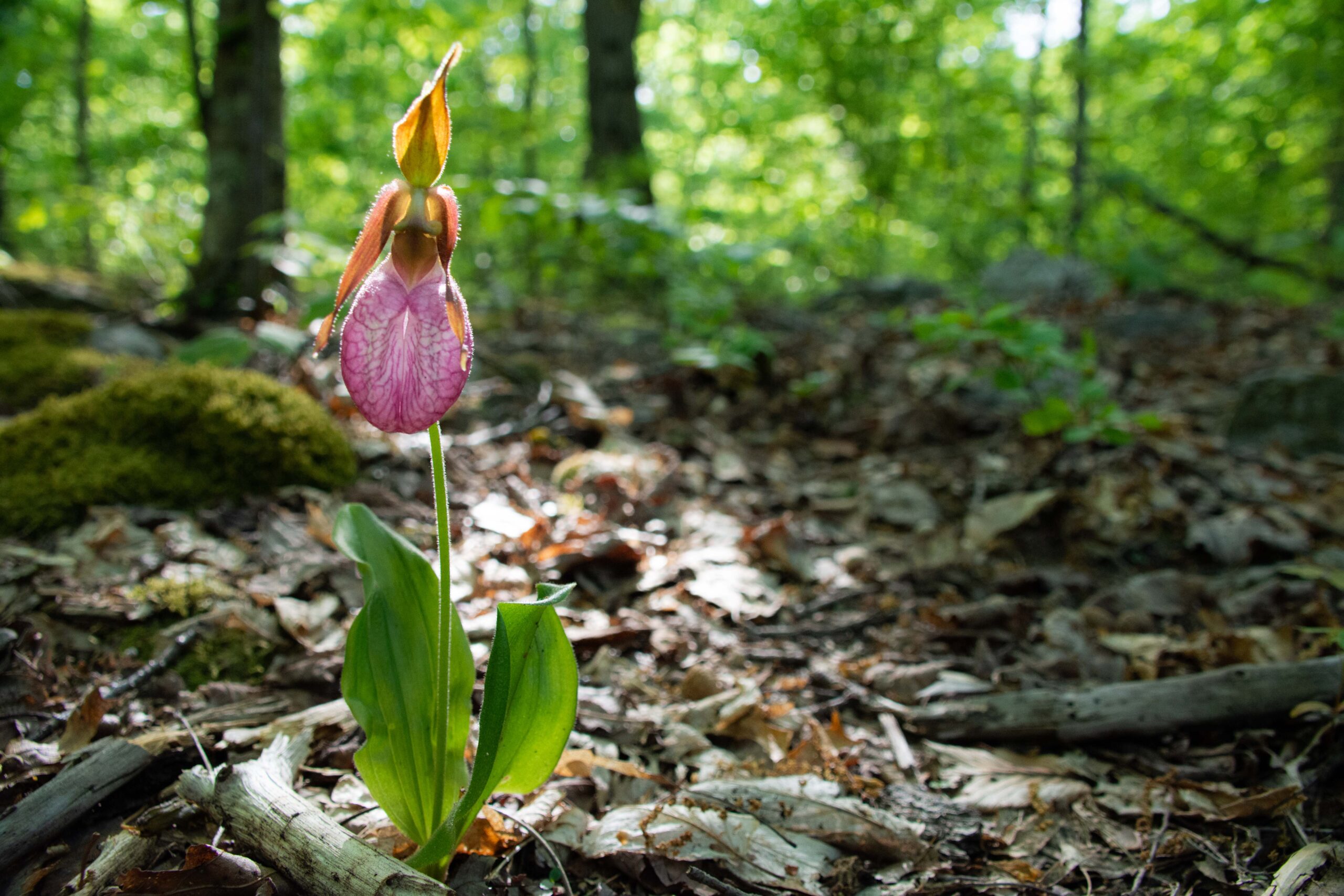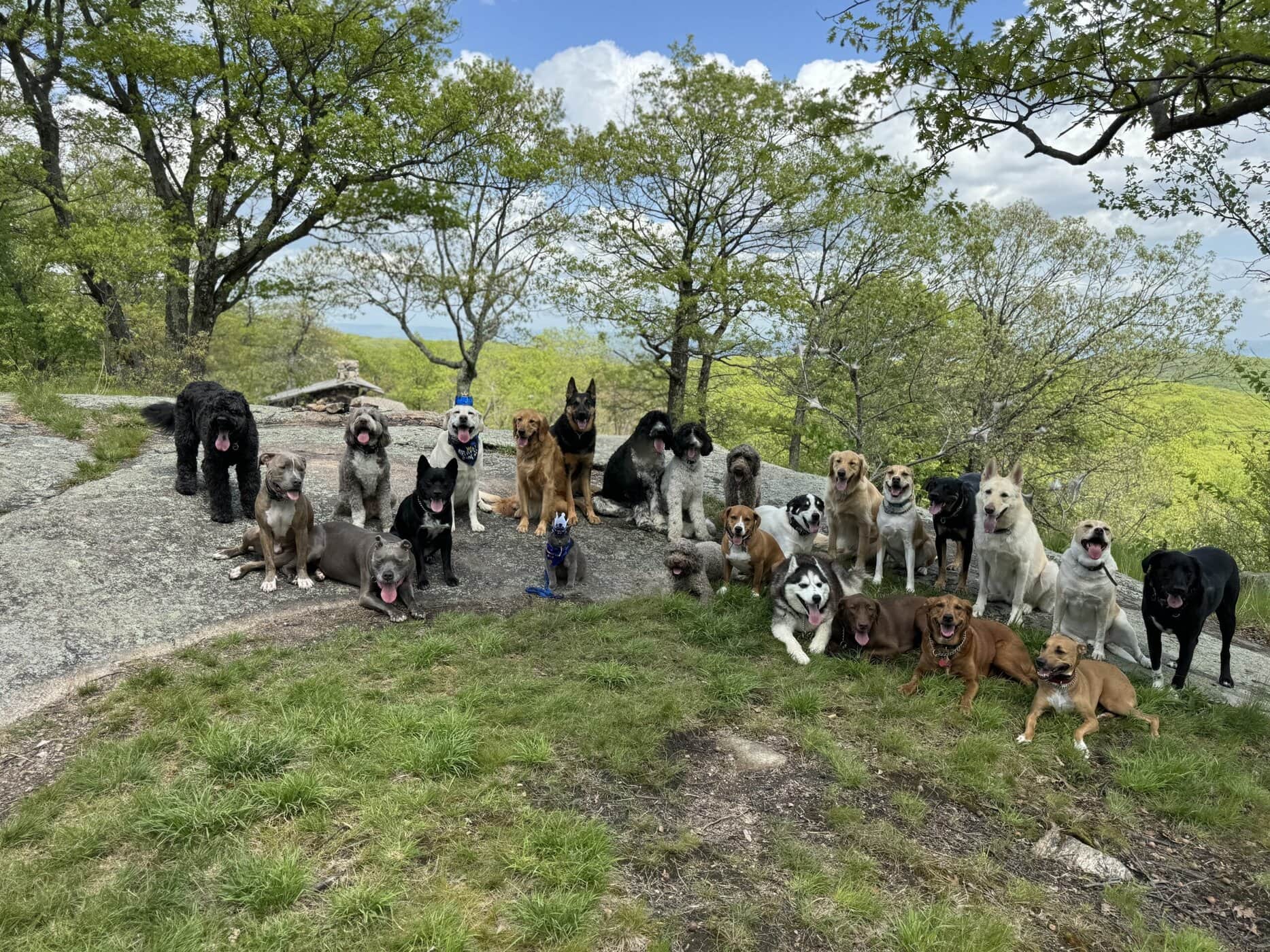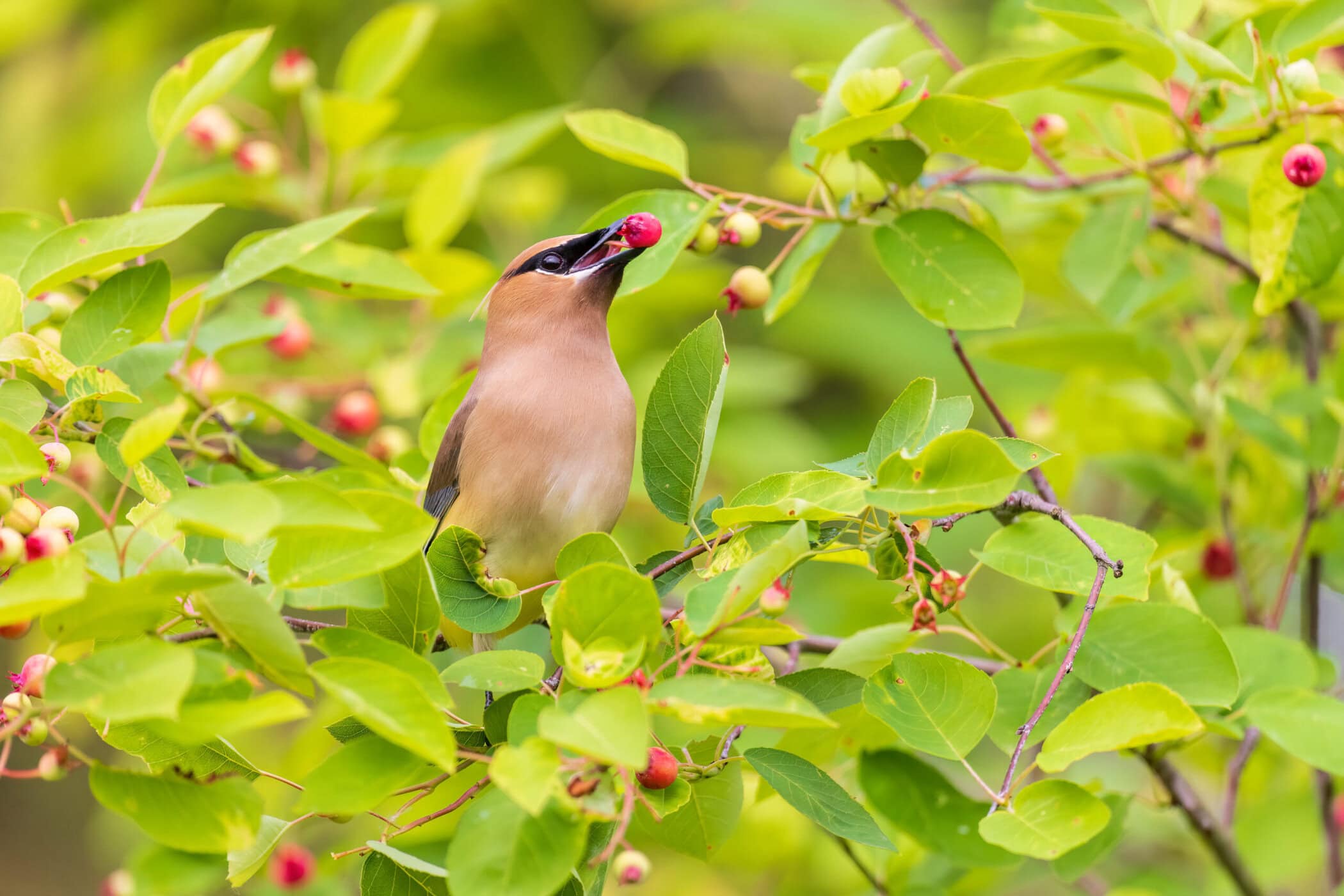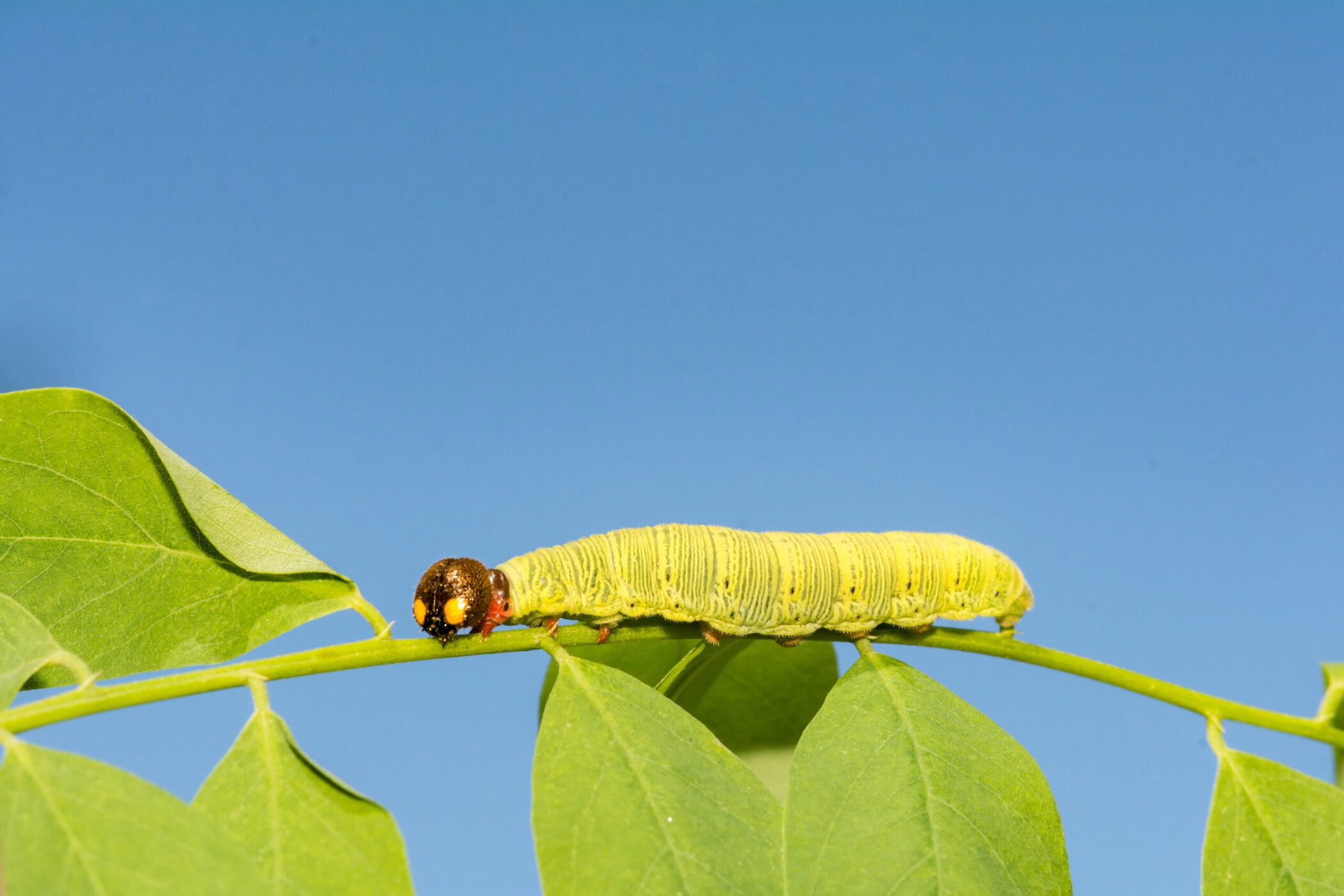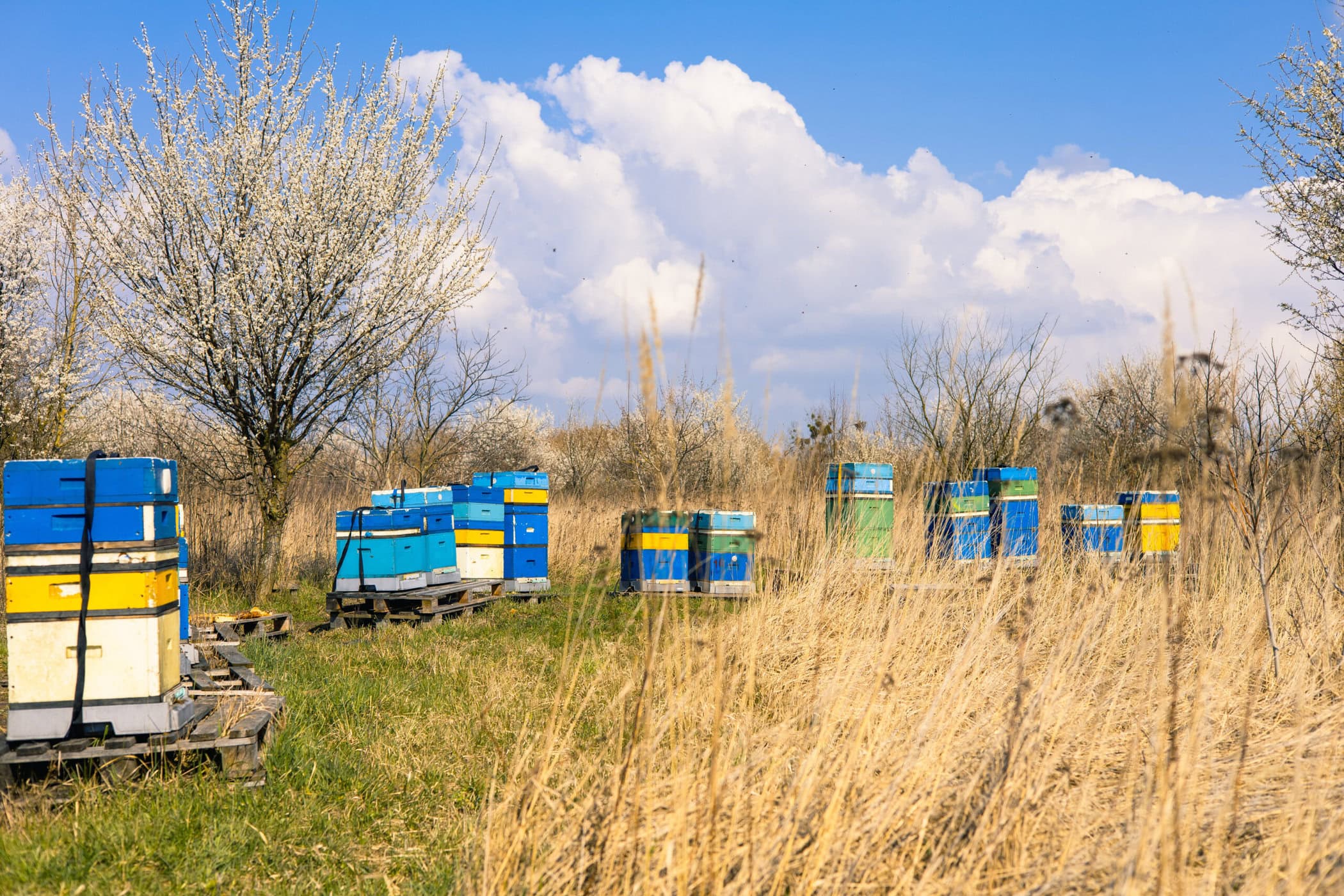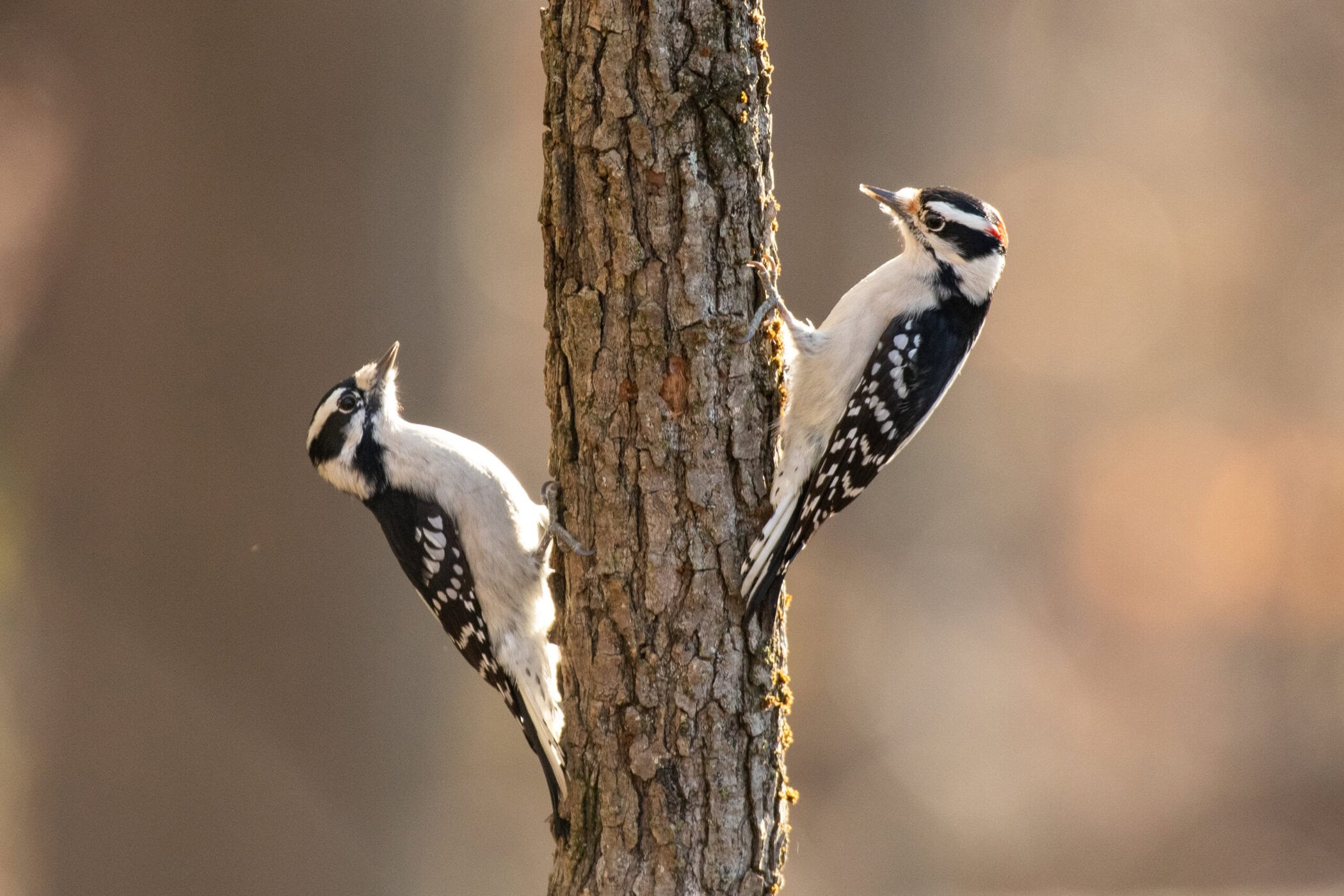As the weather cools off, crows flock to Poughkeepsie by the thousands to join a communal roost, a ritual that’s been recurring in the area for at least four decades. Though the exact roost site changes slightly from year to year, the crows invariably arrive as the temperature drops.
(Photo: Nava Tabak / Scenic Hudson)
The Poughkeepsie crow roost is the largest for hundreds of miles. And with trains and bridges carrying thousands of commuters right past, the incredible gathering of birds provokes fascination at its scale.
Even the experts aren’t immune to wondering at it. Vox Pop’s Rich Guthrie, a retired ornithologist who compiles the Catskill Christmas bird count for the National Audubon Society, recalls watching nightly even years ago when he lived along the crows’ flight path in Poughkeepsie. “My son and I would sit out on our porch in the evening and watch the waves of crows coming in from the west, going to the Mid-Hudson Psychiatric Center, where the roost was located at the time,” he says. “It was an evening event.”
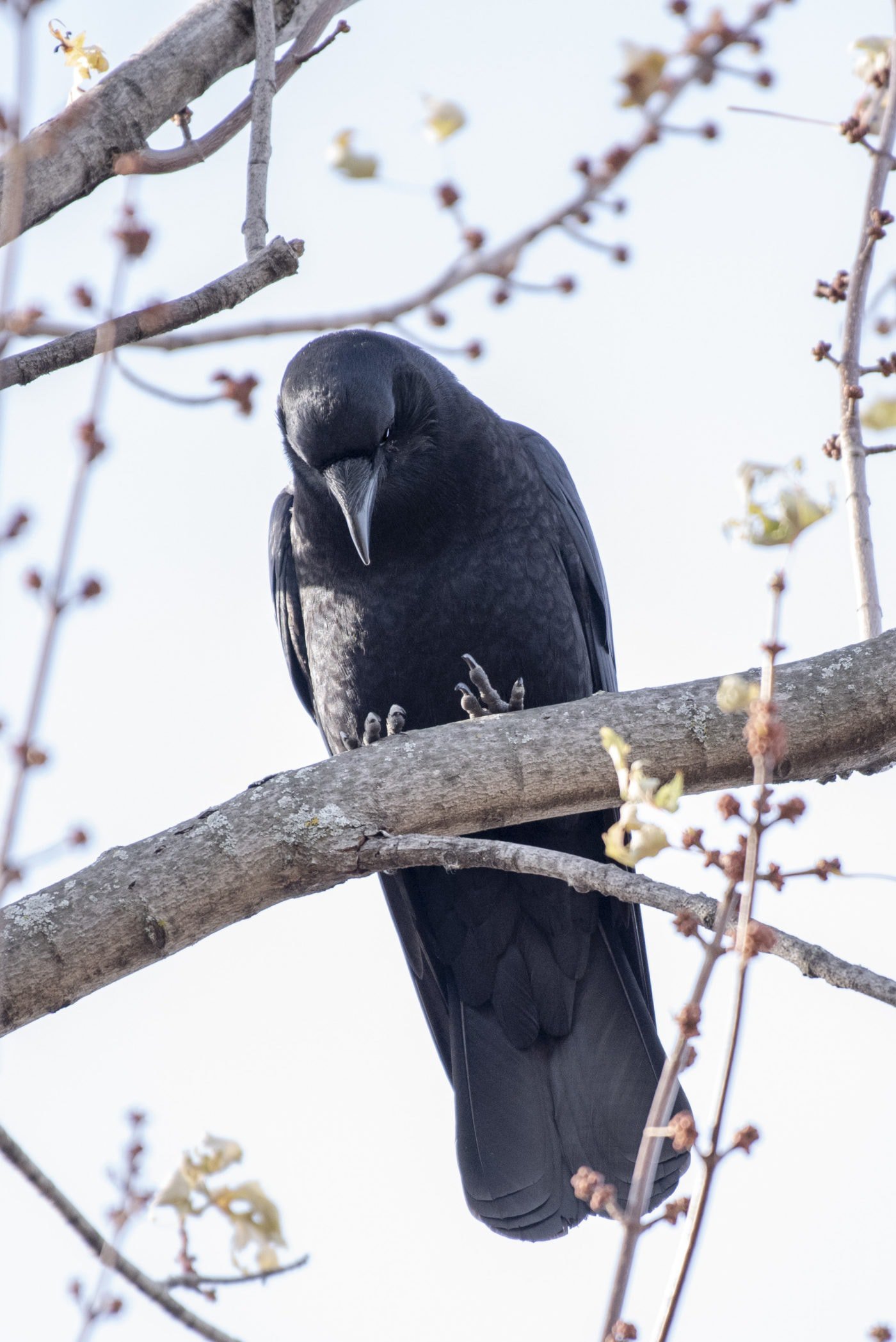
American crows are highly social and are constantly interacting with members of their extended family or neighboring families of crows. “In the late-winter and early-spring, the sense of a territory becomes much more heightened and the boundaries of the territory will be defended with relatively more gusto than during the non-breeding periods,” according to Douglas Robinson, a biology professor at Newburgh’s Mount Saint Mary College. Robinson conducted his Ph.D. research on crows’ social behavior and also studied the crow population at Cornell University’s vaunted Lab of Ornithology.
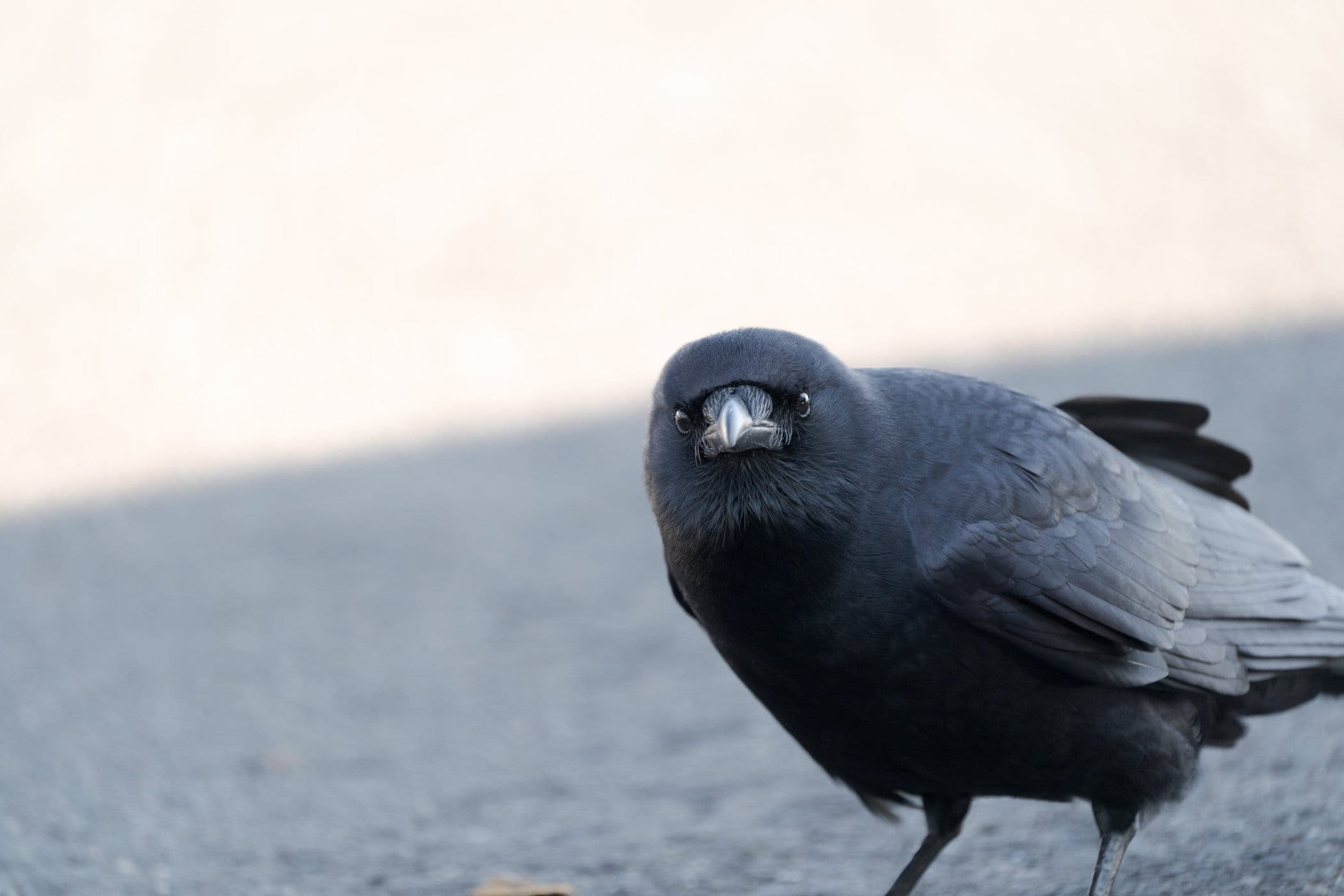
“Whether you have crows living as residents or migrants in your community,” Robinson says, “you’re likely seeing the same individuals over time.”
Crows in Winter
In the Hudson Valley, the crows are territorial during nesting season in February and March, Robinson says. Further north, the birds are migratory. They leave their northern territories, especially when there’s snow on the ground, and travel south.
This means that the crows that roost in Poughkeepsie are primarily migrants, rather than locals. In late November and December, we’ll see the number of crows flocking to the Poughkeepsie roost begin to grow larger, as northern birds travel south, increasing the size of the roost.
(Photo: Jo-Anne Asuncion / Scenic Hudson)
Around sunset, the crows arrive from the Ulster side of the river and gather in staging areas prior to moving to the roost. A staging area is basically a gathering place for the crows located close to the roost. Staging sites can include trees, parking lots, buildings and (much to the dismay of some residents) backyards and houses.
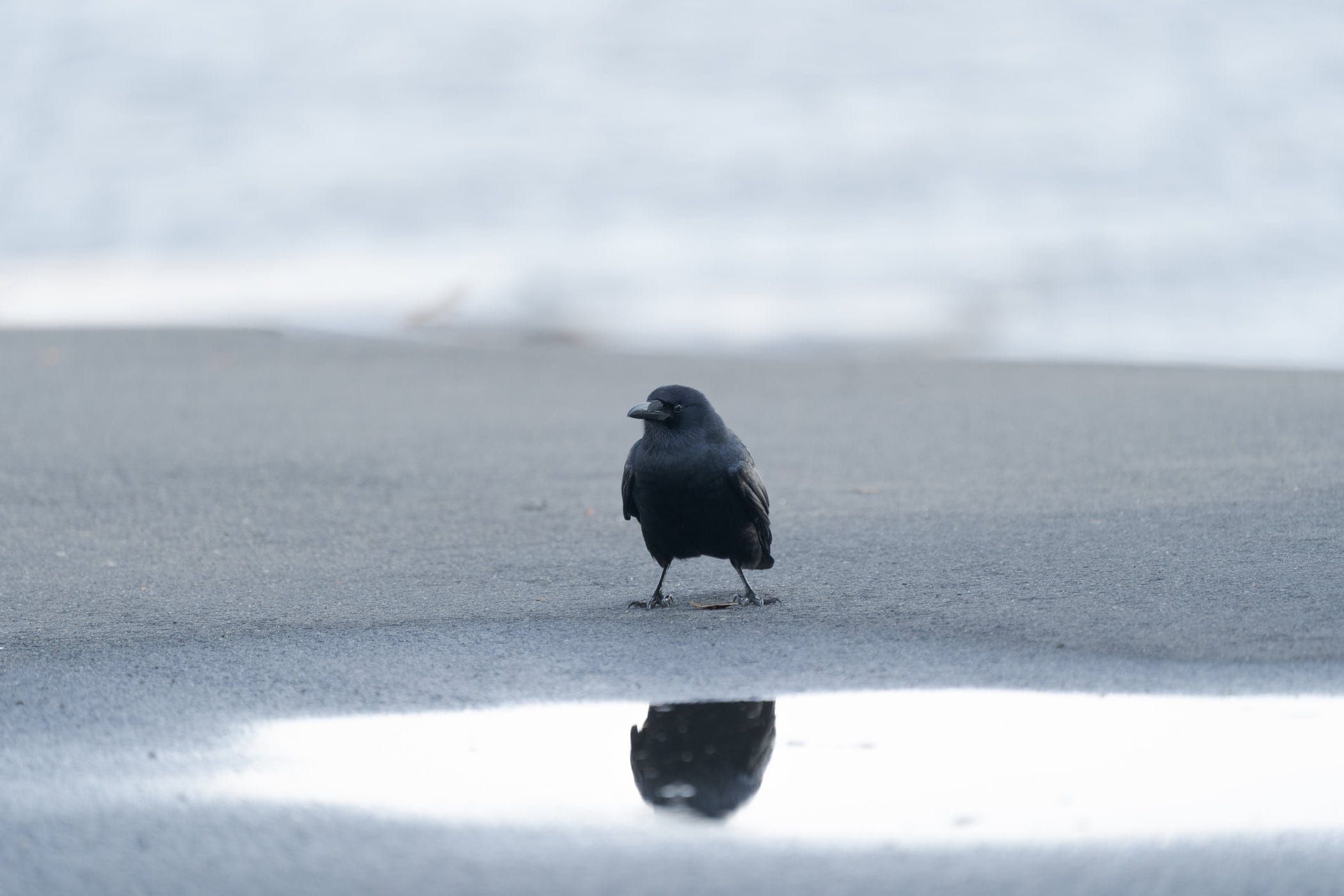
Staging is a boisterous time for crows, with a lot of chatter and interaction among the birds prior to roosting. They’ll often gather in relatively small groups of 50 to 150, then head out in groups. “The staging process is a wonderful thing to watch,” Guthrie says.
Why Poughkeepsie?
No one knows exactly why the crows roost in Poughkeepsie in the winter, but Guthrie notes that the birds are likely drawn to cities and suburbs because, quite simply, they’re warmer. The crows probably return to these sites because of collective crow memory.
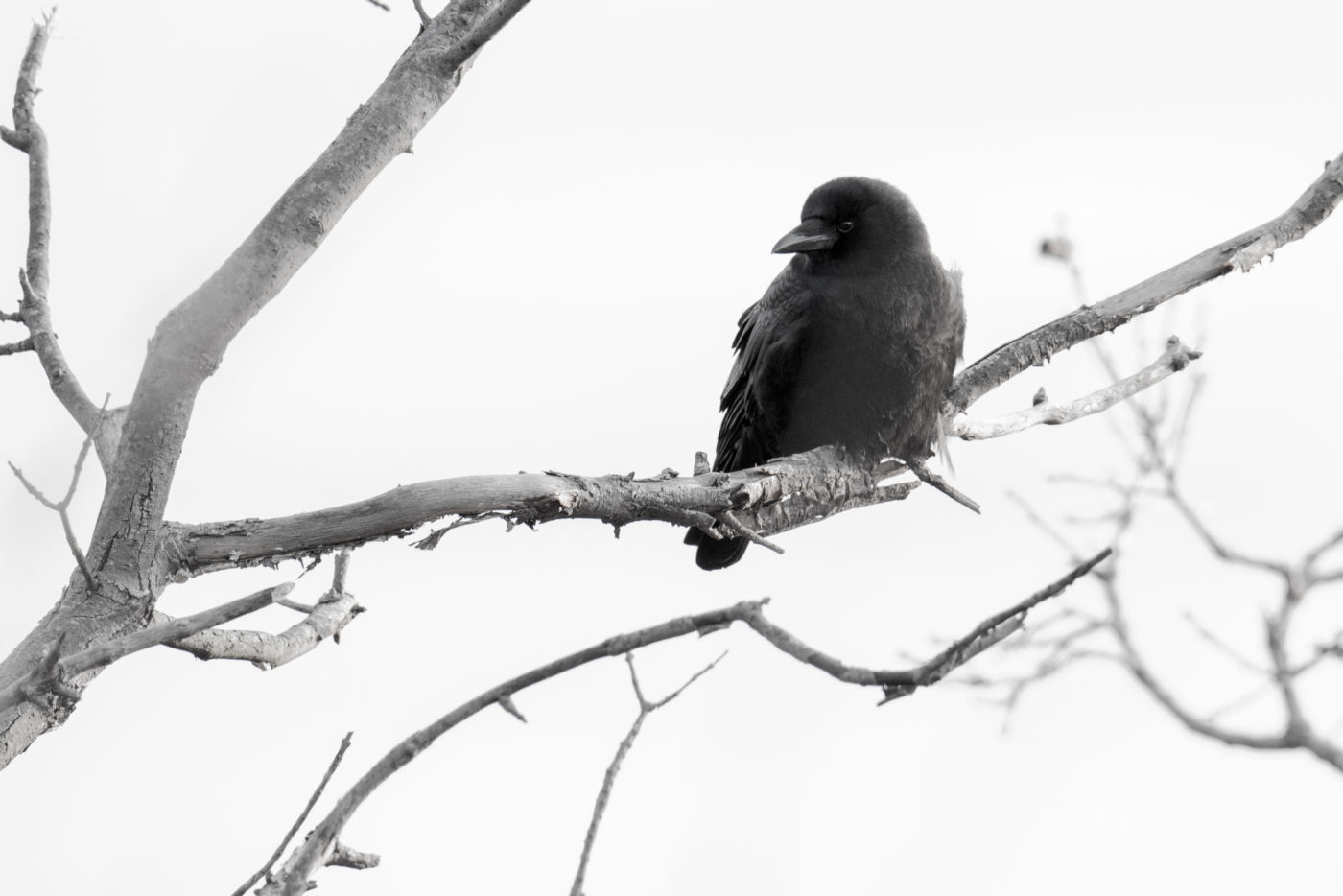
“We think there’s some cultural transmission of information taking place,” Robinson says. “Roost sites like the one in Poughkeepsie are known spots to gather during the winter evenings. They might shift slightly over time, but we can predict that they are going to be there on a regular basis.”
In addition to warmth, roosting in populated areas like cities and suburbs may provide some protection from nocturnal predators, especially owls. “Owls are the biggest predators for crows,” Robinson says. “Especially the great horned owl.”
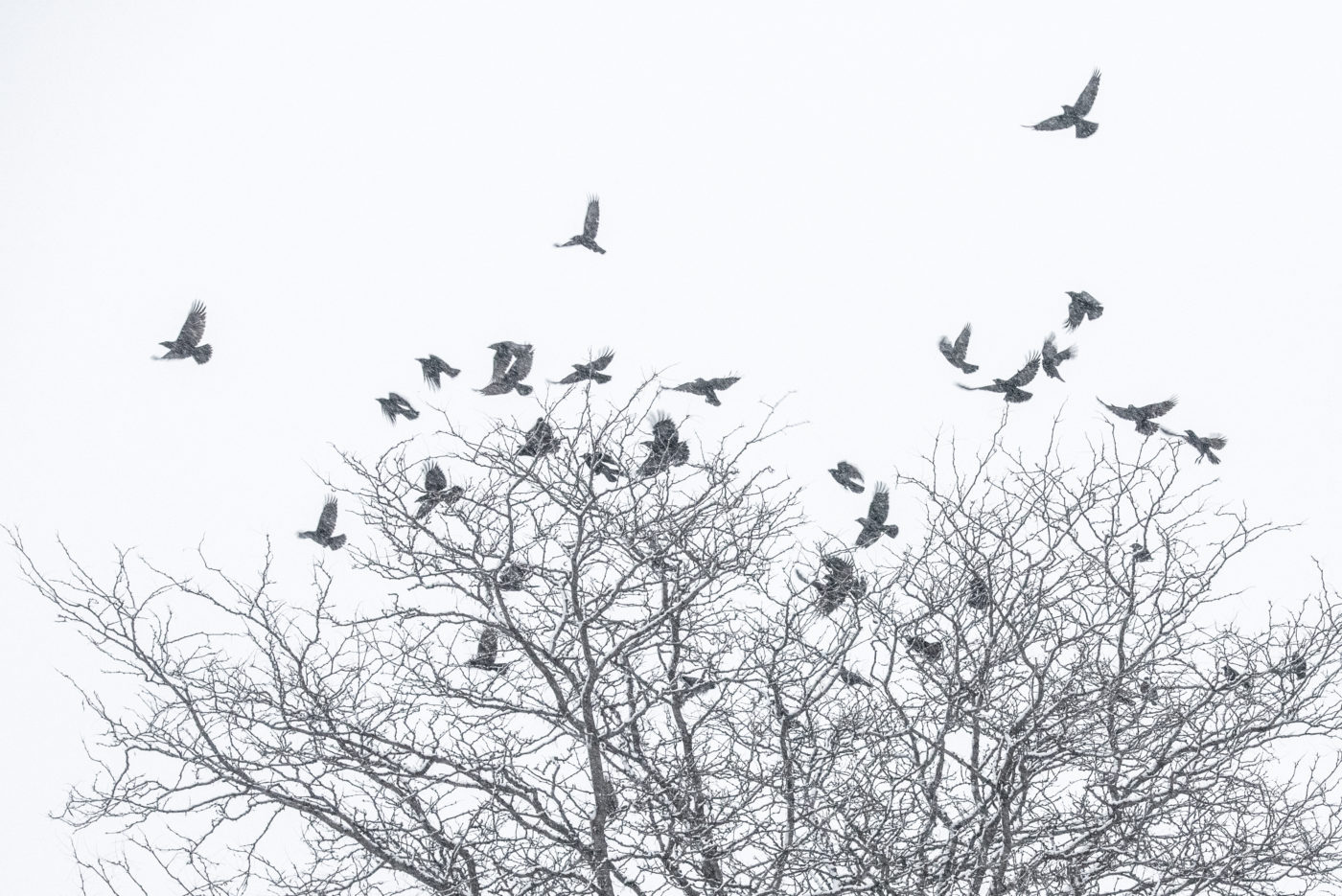
Crow communication is instinctual. They meet up in (roughly) the same staging area year after year, with occasional shifts depending on local conditions. “The crows don’t have road maps or GPS. Smaller platoons of crows will gather and merge with others, forming the army march to the roost site,” Guthrie says. “That’s how the Poughkeepsie roost gets so large, with wave after wave of crows flying upstream. This continues well into darkness.”
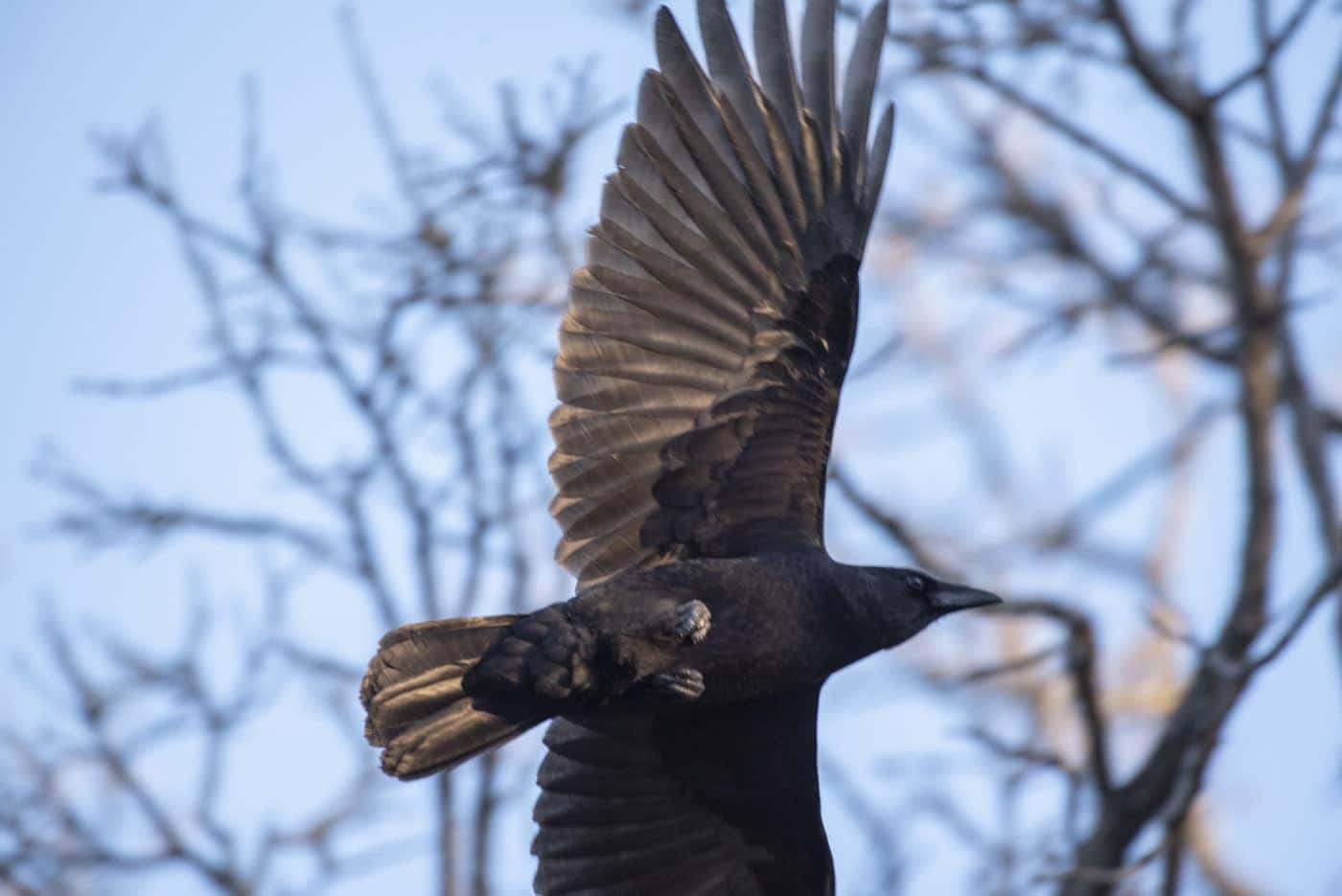
Crows mark the change of seasons
When the crows come to roost in Poughkeepsie, it’s a clear indicator that the seasons are changing. The roost begins to gather as early as August in smaller groups of about 50 to 125 birds. The number of birds increases as the weather cools, reaching as many as ten thousand (or more) by December.
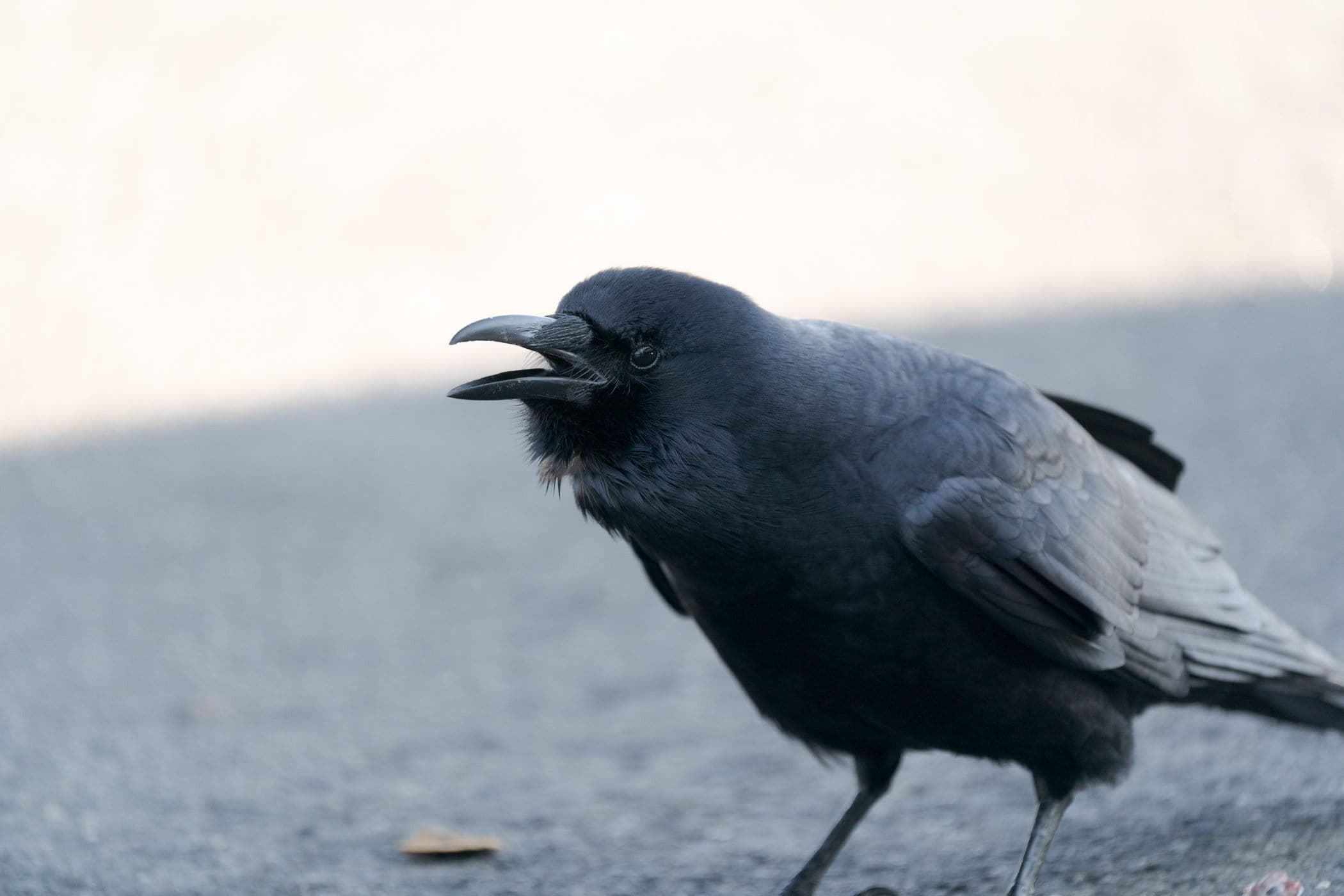
To catch a glimpse of this phenomenon, Robinson recommends looking from the west side of the Hudson River out over the Poughkeepsie area (at sunset, of course.) He likes to observe crows flying to the roosting site from Franny Reese State Park in Highland. Across the river, Guthrie recommends watching from from Cottage Road, at the north end of Poughkeepsie, near the Hyde Park Border. Wherever you watch, bring your sense of awe.



